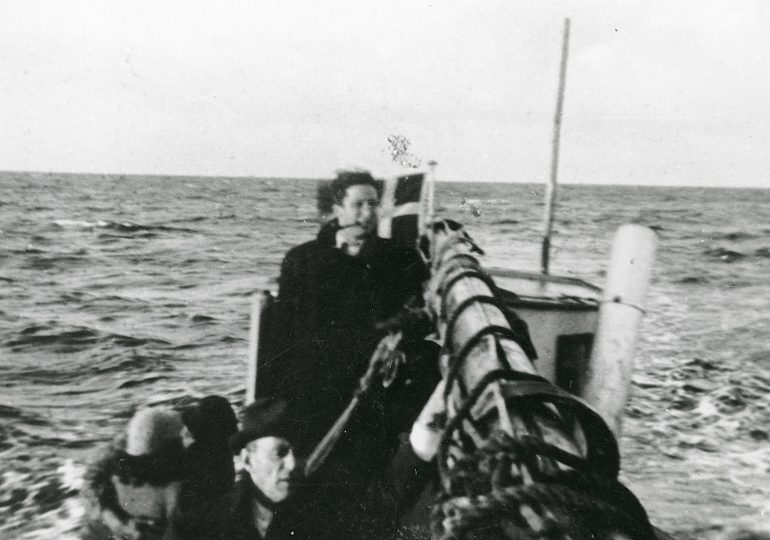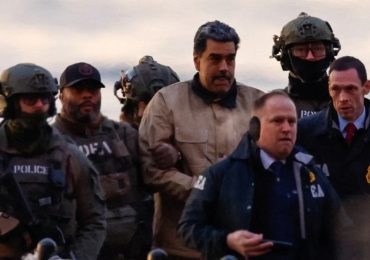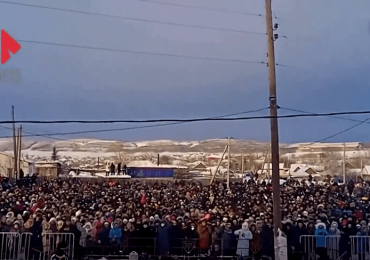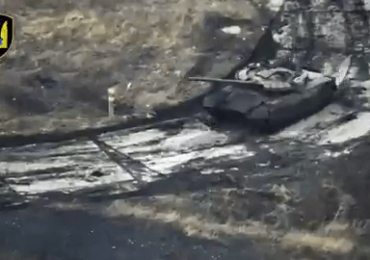During the first years of the Nazi occupation, Denmark protected its country’s Jews, but when that government resigned in August 1943, the Germans promptly prepared to deport them. Danish civil society, however, stood up and took over their protection. A sealift operation, unparalleled in history, brought more than 7,000 Jews to safety in Sweden. While some ended in the Theresienstadt ghetto, less than 100 of Denmark’s Jews died in the Holocaust—the lowest death toll in all of Nazi-occupied Europe.
[time-brightcove not-tgx=”true”]
This is one of the most miraculous and heroic acts of courage to emanate from what was the worst genocide ever perpetrated by human again human. Yet, for the most part, it is relatively unknown, obscured by the atrocities committed by the Nazis that resulted in the death of six million Jews and more than five million others deemed undesirable.
But it is worth telling, knowing, and remembering because it is a sterling manifestation of how ordinary people, determined to do the right thing, can do extraordinary things even when confronted by the harshest adversity. In fact, the Danish October 1943 rescue stands out in the tragic history of the Holocaust.
So what happened in those crucial days, why, and what can be learned from this unique case, where the Holocaust was thwarted by the resistance of ordinary people?
When Nazi Germany occupied Denmark in 1940, the Danish government protested but quickly laid down arms. A “policy of cooperation” started with the aims of maintaining the country’s sovereignty and neutrality in the war, protecting high and low, and keeping the invaders out of local affairs. However, keeping up business and maintaining jobs meant cooperating with the enemy and contributing to the Nazi war effort. Bowing to the great power, the unheroic “policy of cooperation” focused on preserving the national interest. It protected the population and the Jews—but at the cost of aligning with Nazi Germany.
Denmark got through World War II with little destruction and few casualties, its democratic and civil institutions intact. To the Danish government everything was negotiable except for three issues: introduction of capital punishment, participation of the Danish military on the Axis side, and introduction of racial laws. All major political parties supported the “policy of cooperation,” as did most Danes.
Slowly, though, a resistance movement emerged, and 1943 changed the popular mood. The “August Uprising”—a wave of general strikes, street demonstrations, and acts of sabotage—caused the Germans to present an ultimatum that included death penalty for resistance. The Danish government rejected it and resigned. By then, most Danes supported the resistance.
Christian and socialist values informed most rescuers. Widespread training in democratic grass-root work made their activism efficient.
The Germans’ No. 1 in Denmark, Werner Best, decided to punish the Danes, and ordered the Jews to be deported. However, before the Oct. 1, 1943 “Judenaktion,” he realized the manhunt for Jews would make it difficult to calm the Danes and return to some sort of cooperation again. Thus, he let a warning slip out that gave the Jews three days to prepare.
An SS general and ardent Nazi, Best wanted all Jews killed, but pragmatism made him prioritize cooperation with the Danes over the annihilation of the Jews. The Danes were “racially valuable Aryans,” according to Nazi theory, and their agricultural and industrial supplies were important to Germany. The Jews—a tiny segment—could wait until after Germany’s victory.
Most Danish Jews reacted with admirable presence of mind, went “underground” and immediately started to organize the flight to Sweden. And scores of non-Jewish Danes joined in organizing help activities within hours: circles of friends, students, citizen initiatives, some resistance fighters. Fishermen played a crucial role—and some took spicy prices for the illegal crossings.
Mostly, helpers were “ordinary people” from high and low in Danish society. Most involved themselves without thoughts of personal gain. Labor activists and Lutheran ministers spearheaded rescue activities, while health professionals turned hospitals into clandestine hubs of rescue. Large sums were collected from Jews, non-Jews and—clandestinely—even government funds to pay for transportation. Christian and socialist values informed most rescuers. Widespread training in democratic grass-root work made their activism efficient.
Danish SS volunteers assisted the German police in hunting down Jews—but few were caught. Cases of denunciation occurred only rarely. In the 19th-century antisemitism in Denmark had been mainstream, but it weakened over the years. Thus, most Danes who got in touch with fleeing Jews, chose to help—and made no difference between Jews of long-time Danish residency and recent immigrants and refugees from other parts of Nazi-occupied Europe.
By helping Jews, most Danes felt that they were protecting their civil society, defending a set of common Danish values. To protect a powerless minority was required to uphold the Danish sense of community. Action required courage—even if later knowledge of the split motives of the German leadership indicates that the rescue operation was not as dangerous as helpers believed in the dark and stormy nights of October 1943.
The ideas of (socialist) solidarity and (Christian) mercy were important to Danes who volunteered as rescuers of Jews. On their minds were, above all, the protection of their common values. Bo Lidegaard (the author a book on the operation, Countrymen) credits Denmark’s democratic leaders for educating their populace to a sense of community by integrating all layers of society into the emerging welfare state. Leni Yahil (author Test of a Democracy) emphasizes the spirit of grass root democracy trained in 19th and early 20th century peasants’ cooperatives. And I would add that organized labor—and union shops covered most of Denmark by 1943—made workers internalize the same basic ideas and helped create a democratic consensus that encompassed most Danes and informed their decisions to help when confronted with Jewish families on the run.
The events in Denmark in 1943 are worth telling, knowing, and remembering because they represent a sterling manifestation of how ordinary people, determined to do the right thing, can do extraordinary things even when confronted by the harshest adversity. In fact, the Danish 1943 rescue with its moments of solidarity, care, and luck, stands out in the tragic history of the Holocaust. It should serve as a way for young people to approach the darker sides of Holocaust with its destruction and despair and learn that there was—and always is—a choice: to join forces with the oppressor, stand by and watch, or stand up for human values.
Leave a comment
















